An engraving of a parade reveals much about electoral participation [10-minute interactive] […]
Wootton Bassett 1808
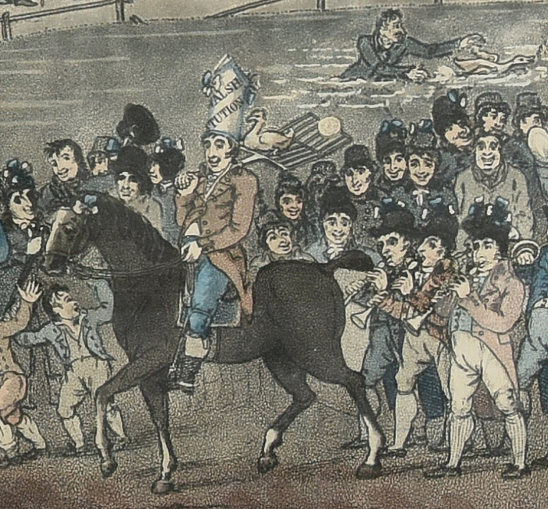

An engraving of a parade reveals much about electoral participation [10-minute interactive] […]
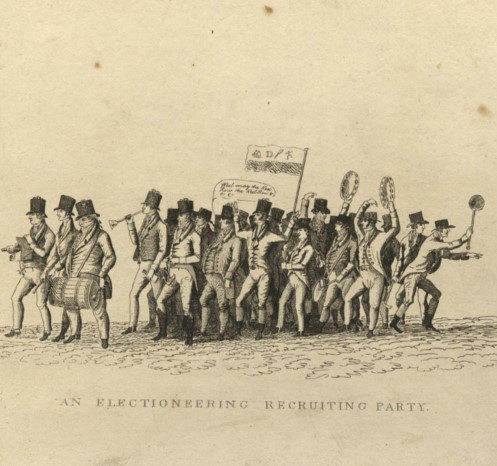
The canvass aimed to get the vote out, but also linked candidates to communities [25-minute read] Canvassing was, according to David Eastwood, ‘the critical electoral institution of later-Hanoverian England’, or, as Frank O’Gorman has argued, the ‘critical point of contact’ between the electoral system and the voters prior to Reform.[1] Canvasses were organized by local […]
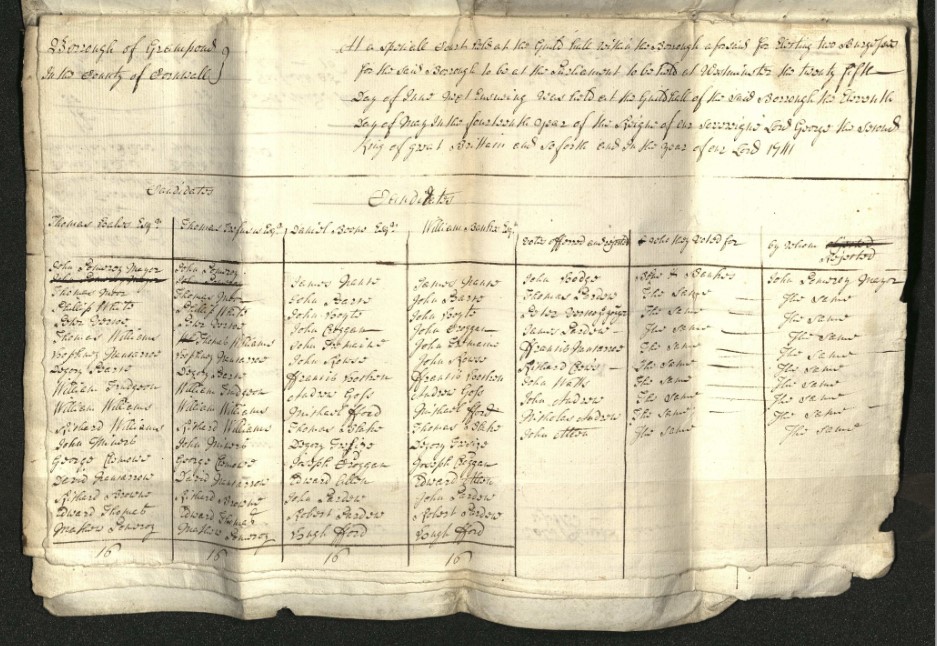
A short introduction to poll books, and how they have survived [5-minute read] In their most fundamental manifestation, poll books are simply lists of voters’ names, recording the candidates for whom they polled. Prior to the introduction of the secret ballot in 1872, electors had to attend elections in person and verbally state their vote. […]
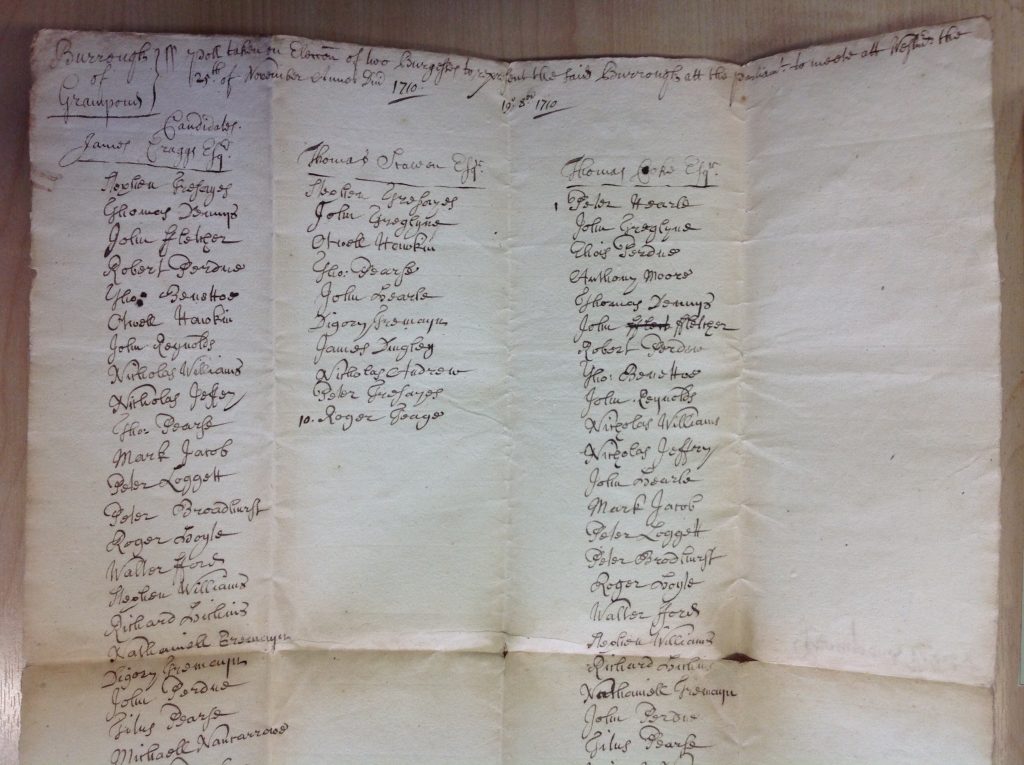
What information do poll books contain, and what can historians do with the data? [5-minute read] Beyond the names of the voters, and the candidates for whom they polled, the internal arrangement of poll books was never uniform – partly because the qualification to vote in England could vary widely from constituency to constituency, and […]

Why were poll books printed, and how were they used? [10-minute read] Poll books display huge variation in their form and format. Of the surviving poll books from the period 1695–1830, half are handwritten manuscripts, and were typically either compiled by clerks (or some other official) at the time of voting, or subsequently copied. The […]
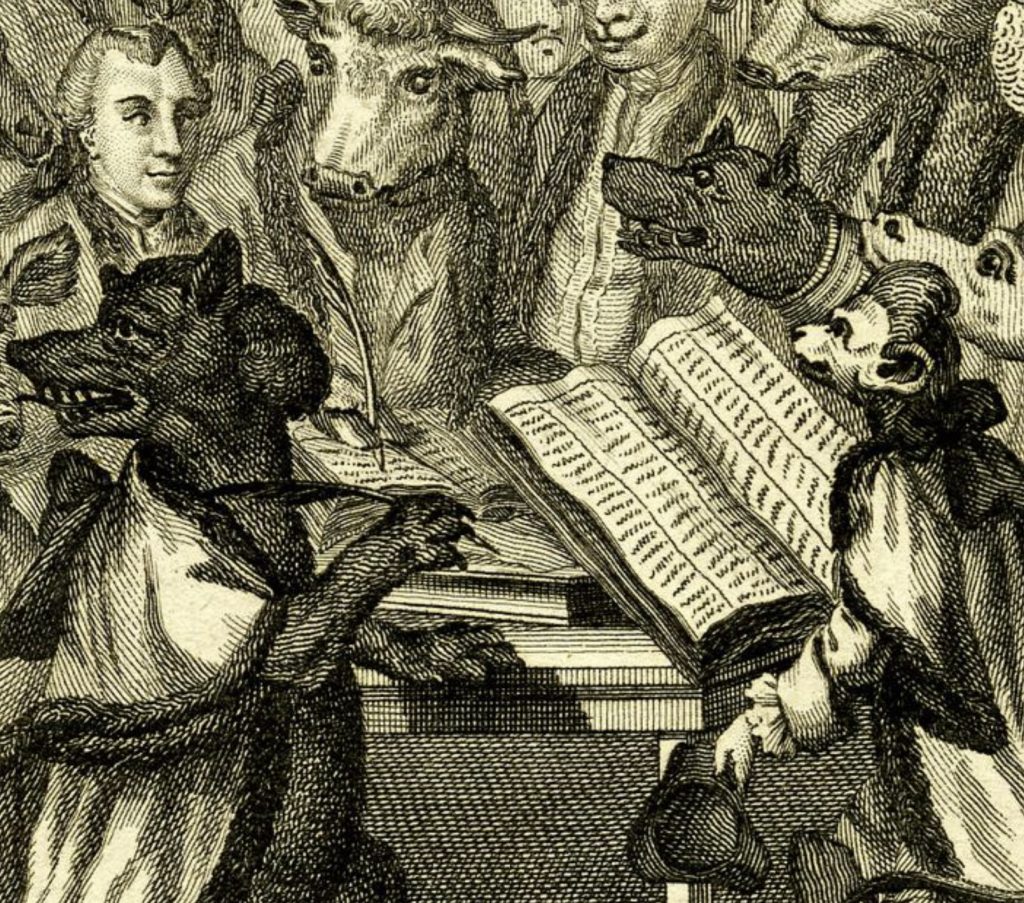
Edmund Green gives the definitive guide to their varieties, formats and contexts [40-minute read] Voting is a means of aggregating individual preferences into collective decisions, and through which the authority to enforce those decisions is legitimated.[1] The point of voting is to have one’s vote counted. This makes the study of historical voting unusual, in […]
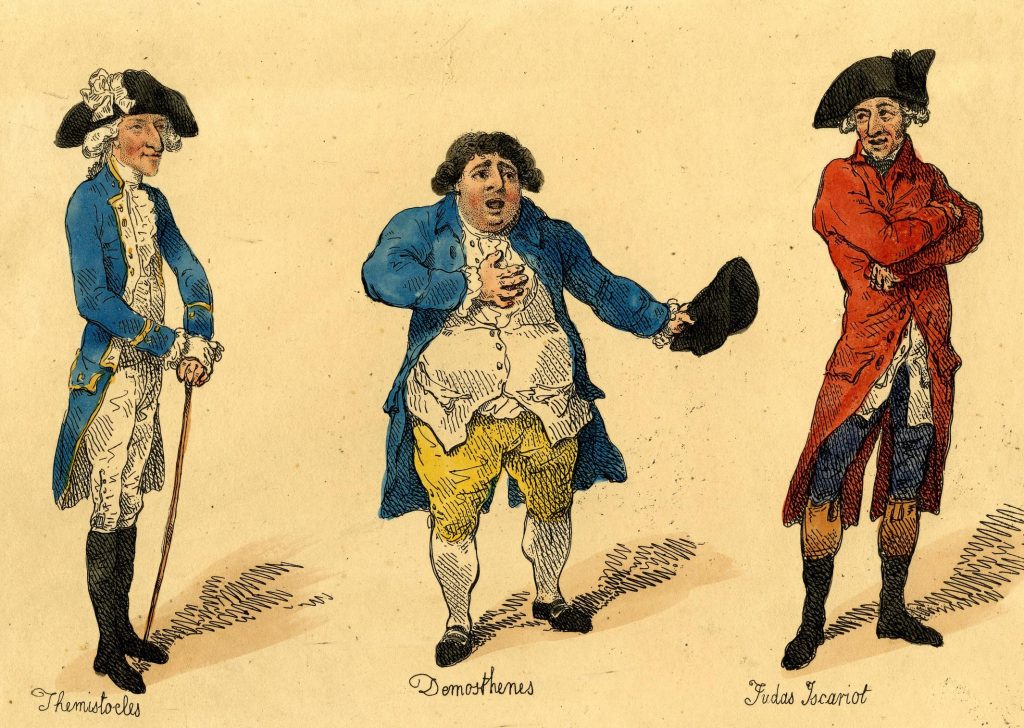
This famous election was a tense showdown between Government and Opposition [20-minute interactive] […]
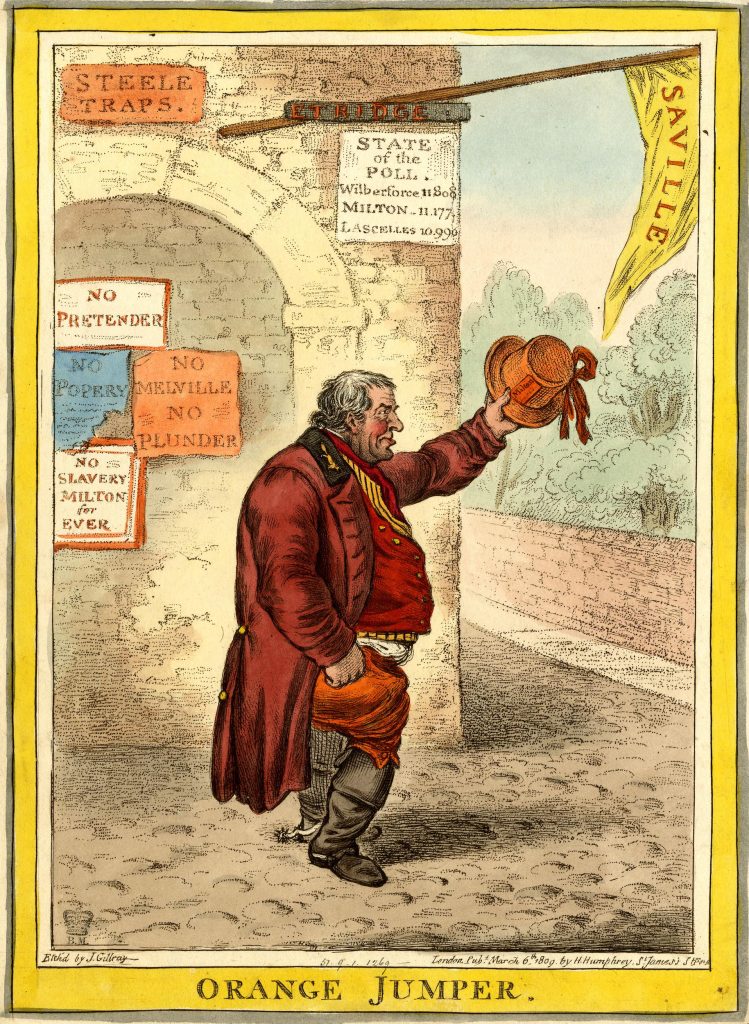
The 1807 Yorkshire election was the most expensive prior to the 1832 Reform Act [25-minute read] Context The colossal county of Yorkshire constituted the largest constituency in England by some distance, divided into East, West, and North ridings. The West Riding alone had a population of almost a million people by 1831 (71 per cent […]
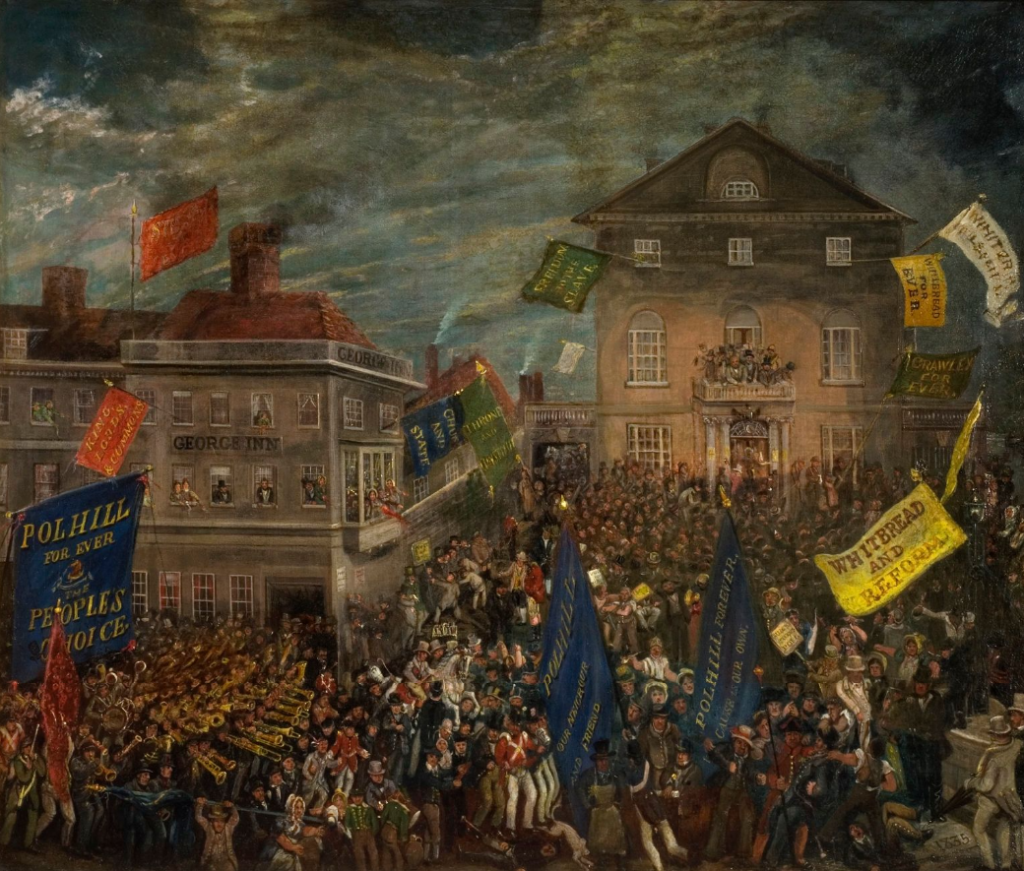
The Bedford election of 1830 provides an example of both riot and respectability [20-minute read] Hotly contested elections in the long eighteenth century were public participatory events that were often turbulent, and occasionally violent. While the reasons for election riots varied widely, and the riots themselves frequently resulted in little more than torn clothing and […]
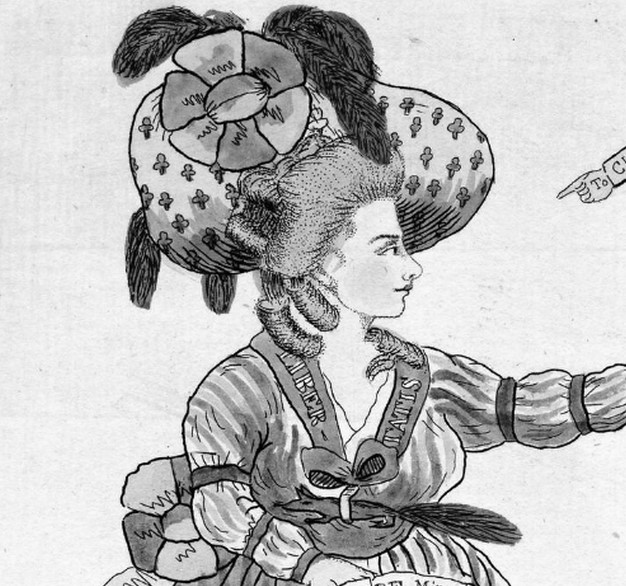
Learn how dress and decoration, made and worn by women, was part of campaigning [20-minute read] Paying heed to eighteenth-century women’s use of fashion for political ends, calls attention both to an understudied aspect of women’s political involvement as well as to the importance of material culture, visual impact, and the use of space in […]